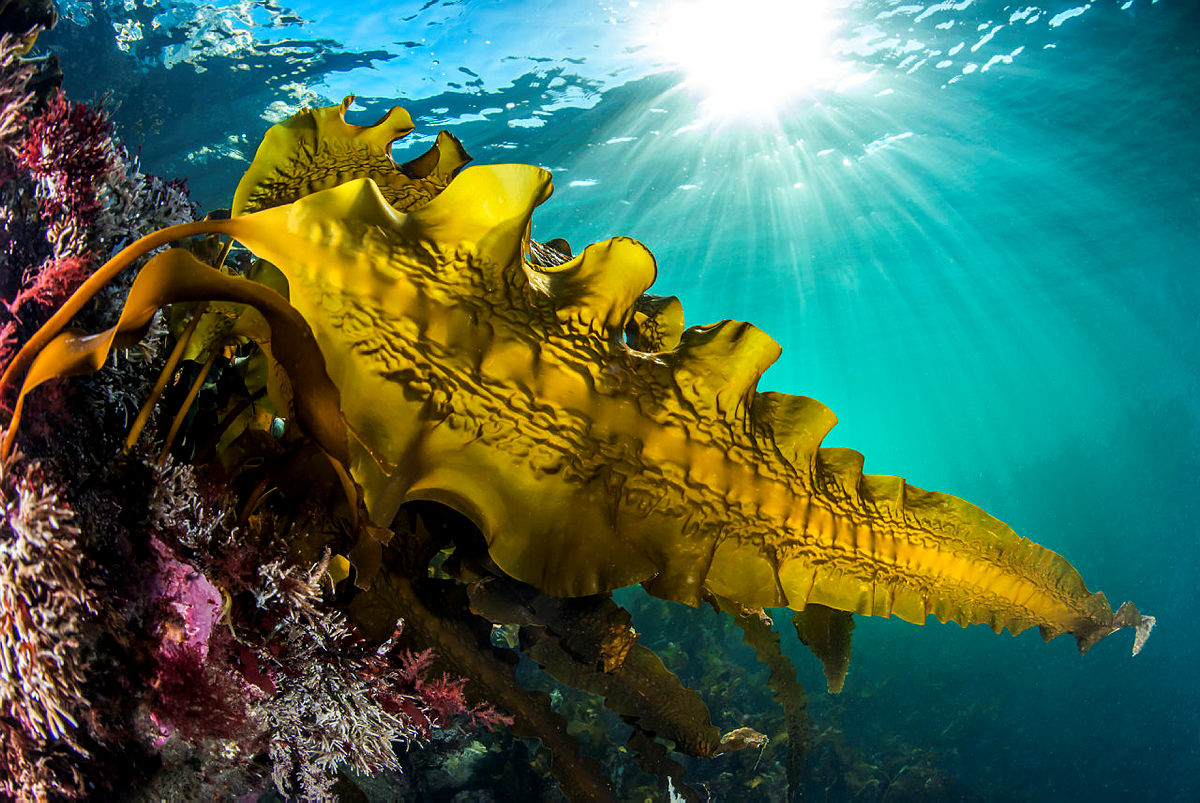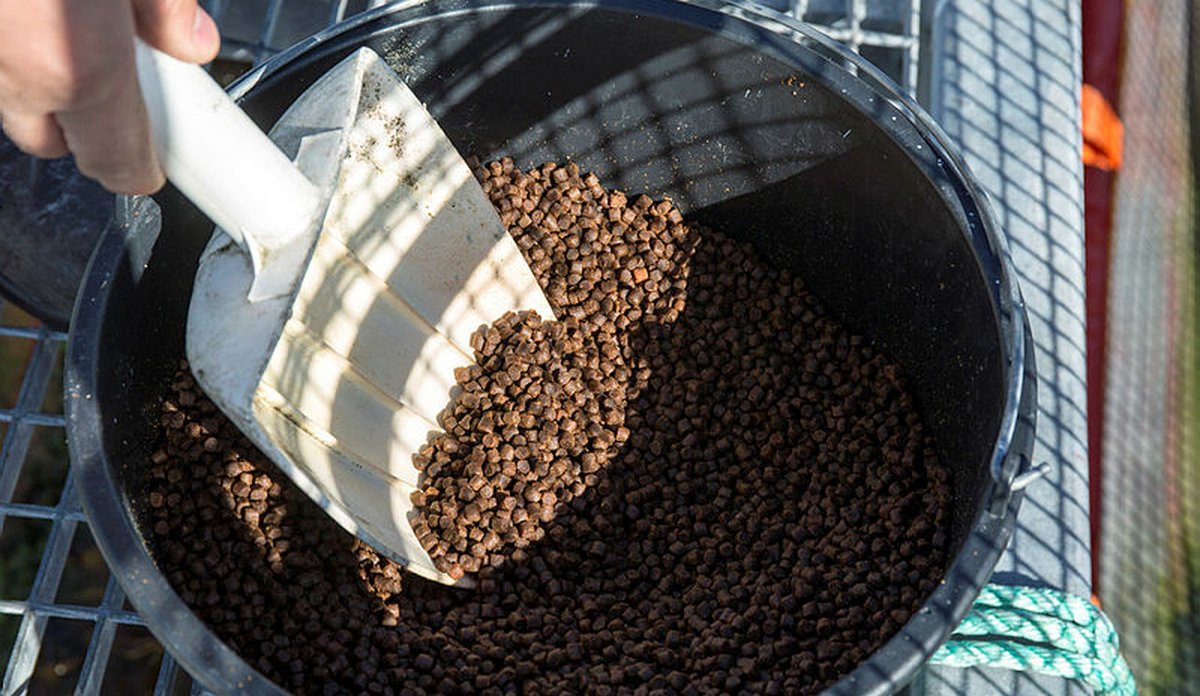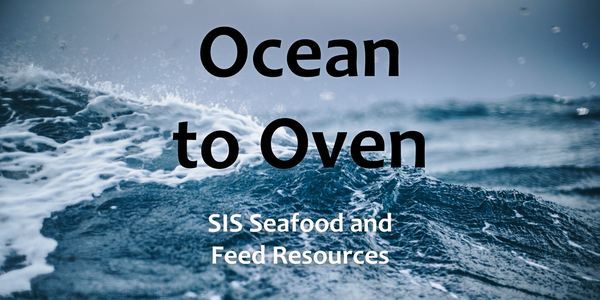New research aims to give more, safer and cleaner seafood

Laks fôra med nye ressursar, mesopelagisk fisk og blåskjel kan bli viktige innslag på middagsborda i framtida.
Photo: Erlend Astad Lorentzen and Helge Skodvin / Institute of Marine ResearchPublished: 30.03.2020 Updated: 24.07.2020
The world’s population keeps rising, and we need more food. But our planet isn’t growing. Researchers therefore agree that we should make better use of the bounty of the ocean, including species like kelp, bivalves and small fish.
But what exactly are we consuming if we eat these unfamiliar species? And how will it affect the environment if we harvest or farm them on a large scale?
So far, these issues have acted as a barrier to a great seafood revolution. A new five-year research project at the Institute of Marine Research (IMR) aims to find the answers.
Down into the ocean and the food chain
“Half of the world’s biological production takes place in the ocean, but food from the ocean currently only provides two percent of people’s daily calorie intake. So there is a large, untapped potential”, explains researcher and project manager Antony Philip.
Together with his fellow researcher Nina Liland, he stresses that most of what we currently harvest and farm at sea comes from near the top of the food chain.
“We eat fish-eating fish, like cod, saithe and salmon. But those resources are limited. The big potential lies further down the food chain”, says Liland.
At the bottom of the food chain you have the ocean’s primary producers, algae. But as is the case with grass, we can’t eat them. One step up you have mussels, bristle worms and various small fish that live off algae.
These are the kinds of species that the seafood project will explore the potential of – both as fish feed and for human consumption.
“We want to increase our understanding of the whole chain of production from ocean to oven in terms of health, food safety and potential environmental impacts”, says Liland.

At the bottom of the food chain you have the ocean’s primary producers, algae. But as is the case with grass, we can’t eat them. One step up you have mussels, bristle worms and various small fish that live off algae.
These are the kinds of species that the seafood project will explore the potential of – both as fish feed and for human consumption.
“We want to increase our understanding of the whole chain of production from ocean to oven in terms of health, food safety and potential environmental impacts”, says Liland.
Greener, bluer seafood
The project involves a number of research groups at the IMR, as well as partnerships with fish feed and seafood companies. One important line of research is to what extent the “new” species are suitable as salmon feed – and whether, for example, they could replace soy that comes all the way from Brazil.
As such, they could help to make Norwegian farmed salmon a more climate- and eco-friendly product.
But that will be in the future. First, the researchers need to work out which nutrients, pathogens and toxins the various species contain, as well as to what extent these substances are absorbed by salmon, affect their growth and welfare, and are transferred into their meat. Along with many other things.

Finally, the researchers will present a life-cycle analysis of the environmental impacts of farmed salmon produced using different types of feed. They will also give practical advice on how resources from the ocean can help to feed more people in the future.
“In order to exploit the potential lower down the ocean food chain, we need scientific documentation on which to base decisions about the management and use of resources. This project will help us to use new marine resources sustainably for human consumption and in feed”, concludes project manager Antony Philip.
Read more about the research project:

